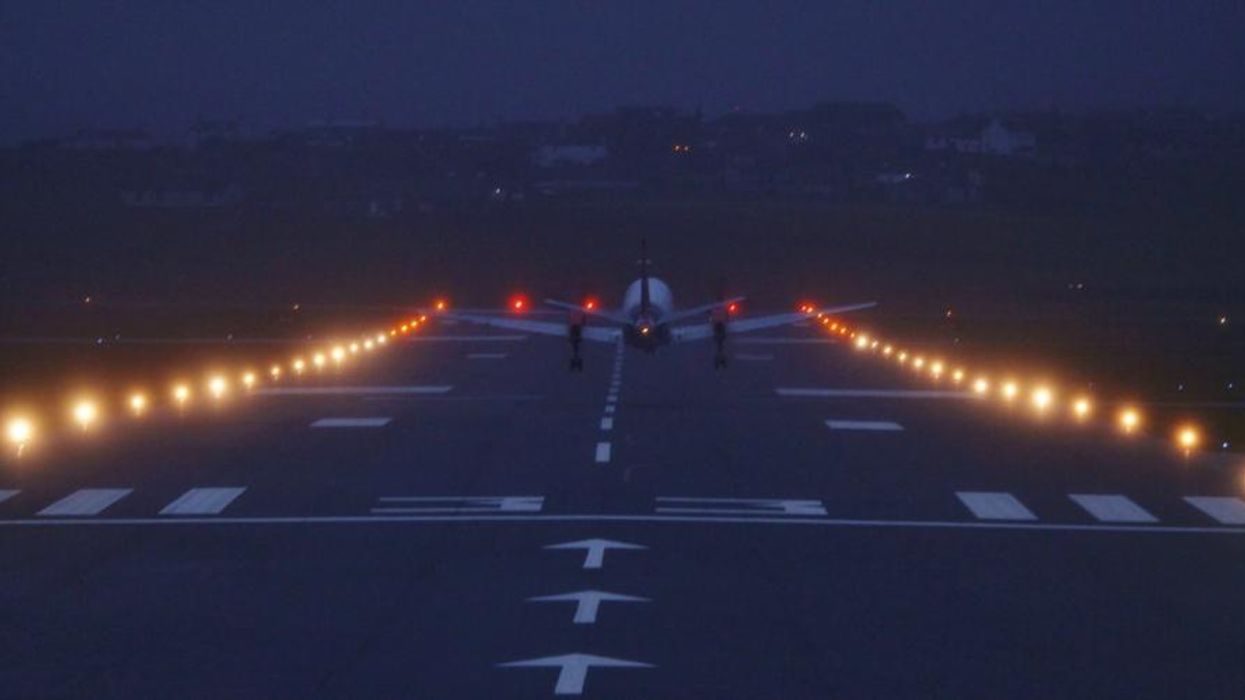CIA Torture Unredacted: Four-Year Investigation Reveals What Was Hidden in US Senate Torture Report
New report is the most comprehensive public account of one of the most disturbing elements of America's so-called 'War on Terror’
One night in October 2001, shortly after al-Qaeda's attacks on the World Trade Center and Pentagon, a private jet touched down in Karachi. Masood Anwar, a prominent Pakistani journalist, received an unexpected tip from a friend in the airport: "There were men in masks. They took a hooded man onboard in the early hours. Someone videotaped the entire thing. No one was allowed near the site."
Anwar's story, although no one knew it at the time, would be the start of a thread which led to the heart of the Central Intelligence Agency's most secret "War on Terror" operation: the "rendition, detention, interrogation" (RDI) programme, a nine-year covert effort which had scores of prisoners flown around the globe to be tortured in undisclosed sites.
The CIA started by grabbing terror suspects off the streets and transferring them in secret to interrogators in the Middle East. But soon the agency decided it needed to run its own detention facilities, or "black sites". Over the next few years, it set up a network of prisons and a fleet of private jets to move people between them.
In December 2014, the Bureau, alongside The Rendition Project, began a major project to trace the history of the RDI programme. The impetus for our investigation came from the long-awaited publication of a report into CIA torture by the US Senate Select Intelligence Committee. The authors of this report had high-level access to internal CIA documents, which they mined to produce a damning assessment of the torture programme's brutality, mismanagement and ineffectiveness. But they were compelled by the Obama administration, and by the CIA itself, to censor -- "redact" -- all parts of the report that could identify specific times and places where abuses had occurred.
This is important, because without being able to tie illegal activities to specific times and places, the quest for redress is hamstrung, and meaningful accountability -- legal, public, historical -- remains a mirage.
The Senate report did offer a crucial insight, however: the first complete list of prisoners held in the CIA's black sites. 119 names, each with a date of custody (redacted) and a record of how many days they were held (also partly redacted).
In the days after the publication of the Senate report, we set to work reconstructing this list to reveal the hidden dates. Figuring out a date often meant that we could match it to a flight record; matching to a flight record meant that we could determine where a prisoner was brought from or sent to. As we cross-correlated thousands of data points -- from declassified government documents, footnotes in the Senate report, aviation data, records of corporate outsourcing of rendition flights, legal cases, media reporting and NGO investigations -- the contours of the CIA's programme of secret detention and torture began to emerge more clearly. Rather than just understanding certain individual histories, we could begin to discern the entire scope of the programme's development.
More than four years later, we're publishing the results of our investigation in a 400-page report entitled CIA Torture Unredacted. It is the first time that the entirety of the CIA's detention programme has been systematically revealed.
When the Senate Committee released their report, fewer than half the names on the list of prisoners were known. We reported in 2015 that only 36 of those held by the CIA had been taken on to Guantanamo Bay, while the fate of many of the others remained a mystery. Seized in secret, held in secret, they were then disposed of in secret -- some back to their homes, some into continued custody in other countries, again often in secret
Since then, we've been able to establish the histories -- at least to some extent -- of around 100 prisoners. We've traced over 60 operations to transport them to and from prison sites. We've uncovered who was held in Afghanistan, and revealed more fully than before who was sent to the European black sites, in Poland, Romania and Lithuania. We've also brought to light further details of how deeply implicated the UK was in the overall running of the CIA's torture network.
Last year, some of our findings were cited in two judgments at the European Court of Human Rights, which held that Romania and Lithuania had assisted the US in illegally holding prisoners incommunicado on their territory. Elsewhere, our work has assisted legal teams, police inquiries and citizen accountability projects.
CIA Torture Unredacted is the most comprehensive public account of one of the most disturbing elements of the 'War on Terror': a global programme of systematic disappearance and torture, carried out by the world's most powerful liberal democratic states in contravention of laws which they purport to uphold. In the face of continued obstruction and denial by the governments involved, we hope that it will stand as a central reference point for all those interested in accountability, truth and the rule of law.
